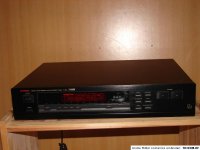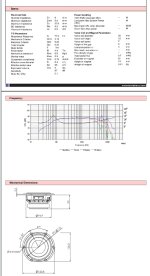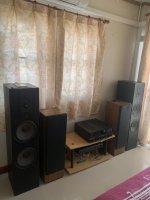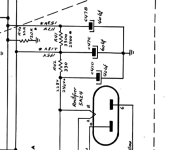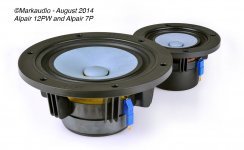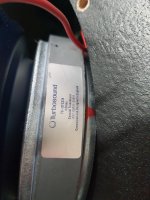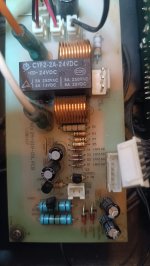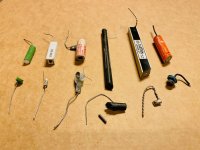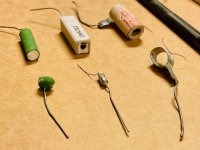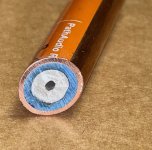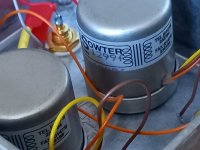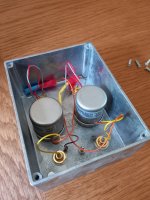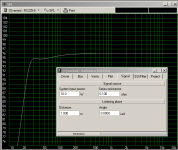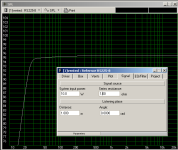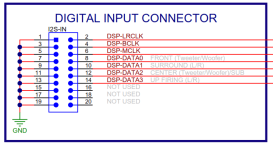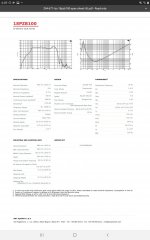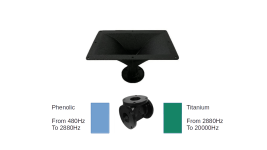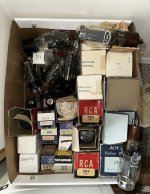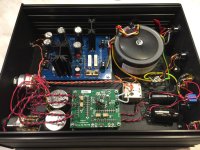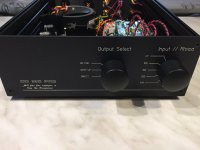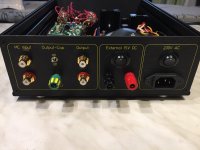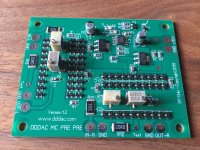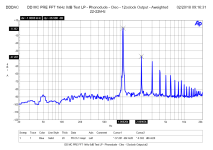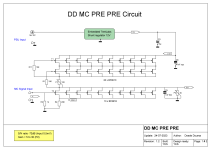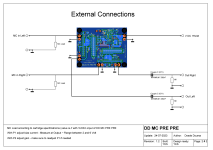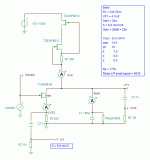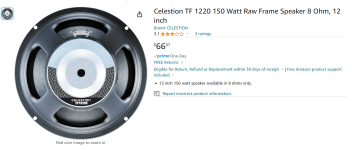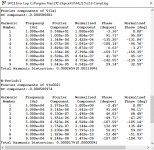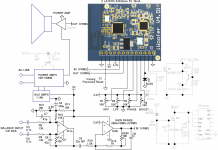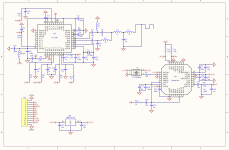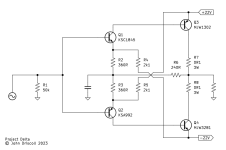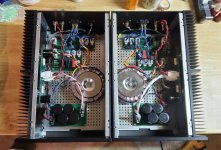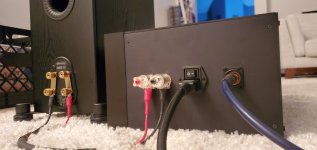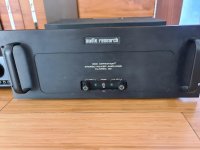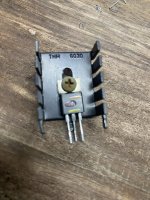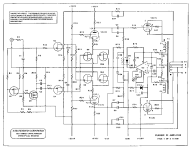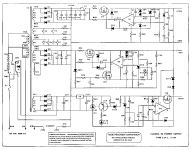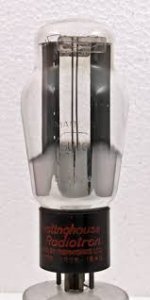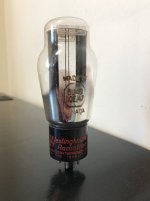Hello
🙂
I am designing a fixed bias circuit.
Although the bias circuit is not complicated, several doubts arose during the design process...
I have no experience in building amplifiers, so any advices, tips, suggestions or approve will be appreciated
🙂
Maybe I forgot something or made a design mistake?
Design
The bias circuit is designed for a parallel single ended power stage with two KT-150 valves per channel.
-bias will be powered by a separate transformer (it will be custom made to order)
-each channel will have its own transformer/PSU circuit (dual-mono design)
Safety resistor
Many schematics found on the net lack a safety resistor protecting the valve from burning if the pot's wiper goes open.
In the circuit shown, there is a safety resistor 200 kOhm.
KT-150 datasheet resistance
KT-150 maximum grid circuit resistance for fixed bias is only 51 kOhm.
I assume that the value of 51 kOhm "Maximum grid 1 Circuit Resistance / fixed bias" given in the datasheet is the grid to cathode/ground resistance.
(There may also be the grid to bias power supply resistance (cap)...or... grid to cathode/ground resistance
through the psu ground???)
There will be two valves per channel (paraller single ended), so the driver will be loaded with a parallel combination of its own anode load (choke) and two resistances in the power stage.
(A grid choke could increase the impedance, but so far the design does not include it)
In the diagram shown, the grid-to-cathode (ground) resistance is approximately 51-53kOhm, depending on the bias setting.
Adjustment range
The bias adjustment range is useful for experimentation: -40 to -60 volts
(Need about -50V for quiescent point 129mA/480V anode voltage, dissipation <90%)
Resistance change
I tried to ensure that the change in the bias voltage did not cause a large change in the resistance value of the bias circuit.
In the diagram shown, a change in the bias voltage in the range of -40 to -60 volts causes a small change in the grid-to-cathode/ground resistance: 51-53kOhm.
Voltage filtering
The bias voltage should be properly filtered, because a small change in the bias voltage causes a large change in the current flowing through the valve.
The PSUD simulation shows fluctuations around 70uV peak to peak (when the transformer has 100ohm resistance and the reservoir cap is 100uF)
Is this filtering value enough? 🙂
Transformer
I am wondering what VA power of the transformer to choose and what its resistance will be.
Probably the power should be several VA and the resistance will be several hundred ohms (smaller VA -> greater resistance).
The VA formula is: Vpri x Ipri or Vsec x Isec. Plus, a little oversize...
Resistance formula: Rs(equiv) = Rsec + Rpri/(Vpri/Vsec)^2
The required transformer voltage is related to the resistance (...and the reservoir cap), I don't know the formula to calculate this dependence.
The PSUD simulation shows the following RMS AC no-load voltages (rounded values), depending on the transformer resistance:
1Ω - 74V (theoretical resistance value, for powerful transformers)
50Ω - 77V
100Ω - 80V
200Ω - 85V
300Ω - 89V
400Ω - 93V
500Ω - 97V
600Ω - 100V
700Ω - 104V
800Ω - 107V
900Ω - 110V
1000Ω - 113V
2000Ω - 141V
The bias circuit draws a small amount of current, about 20.5 mA (although for the bias circuit, this can be quite a lot).
When the power supply has 100ohms of resistance (probably the value will be higher...) and the 100uF reservoir capacitor (crucial for good voltage filtering but resulting in higher current "spikes"), the PSUD shows:
-peaks of current drawn from the transformer -115mA / + 115mA, during normal operation
-During startup, the inrush current fluctuates between +860mA / -560mA.
So, 3VA / 4VA should be enough? 🙂
Resistance to psu cap
The signal may be going back to bias power supply cap, isn't that a rather desirable behavior?
A large 47kOhm resistor should provide high signal resistance to the bias power supply.
Potentiometer
The pot is Bourns 3549S-1AC-202B, withstands 2W.
Special resistors
Will the use of non-magnetic or non-inductive resistors bring any benefits?
SiC Schottky Diodes
Would using SiC Schottky Diodes (Woolfspeed CSD01060E or CSD01060A) instead of 1N4007 be a good idea?


